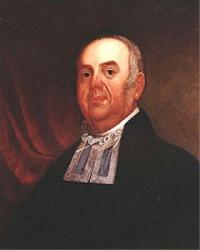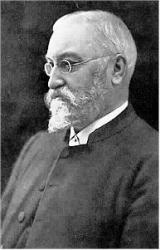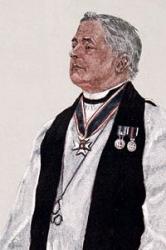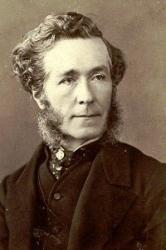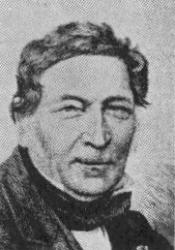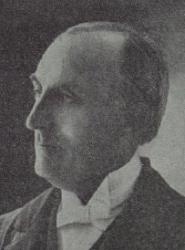1815 - 1901 Author of "Who Are These?" in Christ in Song Anna Savage Shipton United Kingdom 1815-1901. Born at Evesham, Wychavon, Worcester, England, she was the daughter of Evesham solicitor, Edward Savage. She inherited land from her father when he died in 1839 (her mother had died in 1817, and her brother had emigrated to Australia), and rented out some of the land. She married Joseph Shipton in 1848, but separated in 1852, allegedly due to his infidelity. Her estranged husband died in 1860. She traveled extensively and continued writing poetry and essays. She wrote 20+ religious books, and many leaflets, mostly religious. Among her books the following: a hymns and meditations book entitled, “Whispers in the palms. Hymns and meditations” (1855); Precious gems for the Savior’s diadems” (1862); “The brook in the way-original hymns” (1864); “Tell Jesus- Recollections of E Gosse”; “The cottage on the hock-an allegory”. After living in mainland Europe from the mid-1860s to the 1880s, she returned to the UK and settled in Sussex, then in St Leonard’s on the Sea, East Sussex, England, where she eventually died.
John Perry
===================
Shipton, Anna. Concerning this writer we can ascertain no details beyond the fact that she published:—
(1) Whispers in the Palms. Hymns and Meditations. London, W. Yapp, 1855; second edition, augmented, 1857. (2) Precious Gems for the Saviour's Diadem, 1862. (3) The Brook in the Way; Original Hymns, 1864. (4) Tell Jesus: Recollections of E. Gosse. (5) The Cottage on The Hock, an Allegory. Also other smaller books.
Her hymns in common use include:—
i. From her Whispers in the Palms, 1855-57.
1. Down in the pleasant pastures. The Good Shepherd.
2. Father, My cup is full. Gethsemane.
3. How shall I praise Thee, O my God? Praise.
4. Jesus, Master, hear my cry. Blind Bartimaeus.
ii. From her other Works.
5. Call them in, the poor,the wretched (1862). Home Missions.
6. Praise God, ye gladdening smiles of mom. Ps. cxlviii.
-- John Julian, Dictionary of Hymnology (1907)
Anna Shipton


 My Starred Hymns
My Starred Hymns